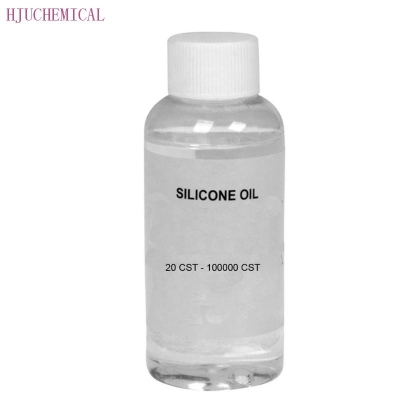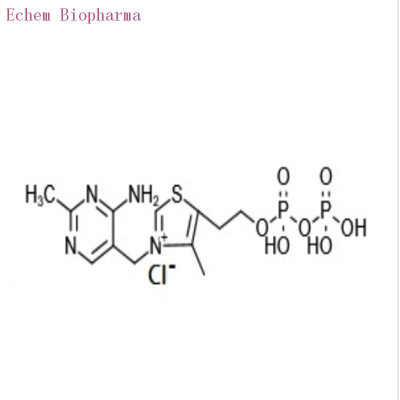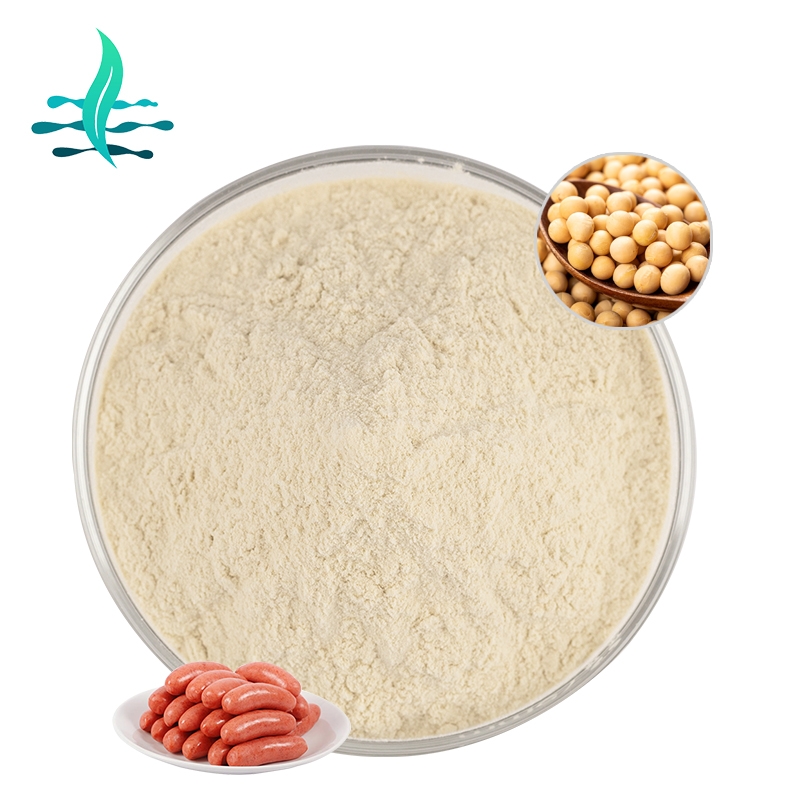Advances in the detection of agricultural and veterinary drug residues in food.
-
Last Update: 2020-09-01
-
Source: Internet
-
Author: User
Search more information of high quality chemicals, good prices and reliable suppliers, visit
www.echemi.com
Li Peiran Hengshui City Food and Drug Inspection and Testing Center . Introduction In recent years, China's
s food safety
problems caused a strong response from the community, and there are many reasons for these problems, agricultural and veterinary drug residues are one of the more prominent. With the continuous development of science and technology, agricultural and veterinary drug residue detection technology in food has also been a big breakthrough, showing a diversified development trend.1 The importance of agricultural and veterinary drug residue testing In recent years, China has a number of
seal food safety
accidents, resulting in serious social impact, but also food safety issues to the forefront of the wind - become a topic of sustained concern to the whole society. Human survival can not be separated from food, food safety and people's lives have a direct link, so food safety is a problem that can not be ignored at any time. Food safety problems are caused by a variety of factors, among which the residue of agricultural and veterinary drugs is one of the more critical factors, but also the focus of China's food regulatory inspection. In the agricultural and animal husbandry production process, a large number or excessive use of pesticides is the root cause of agricultural and veterinary drug residues in food, people after eating food residues of agricultural and veterinary drugs will appear drug resistance problems, in the long run will accumulate a large number of toxins in the body, and thus pose a serious threat to people's lives and safety. Therefore, the food regulatory authorities must do a good job in the detection of agricultural and veterinary drug residues to improve food safety. Because the food substate is relatively complex, it is more difficult to detect the residue of agricultural and veterinary drugs, in order to improve the accuracy of agricultural and veterinary drug testing in food, experts in related fields through unremitting efforts, so that agricultural and veterinary drug residue detection technology has achieved certain results.2 Advances in the research of new technologies for the detection of agricultural and veterinary drug residues in food At present, the detection methods of agricultural and veterinary drug residues in food mainly include immunoanalysty, instrumental analysis and microbiological analysis, among which the detection effect of microbiological analysis is poor and the accuracy and sensitivity are low. Therefore, in the detection should try to use immunology and instrument analysis method to improve the accuracy of the test results, and thus fundamentally ensure food safety.2.1 Immunoanalysing Method Today, the internationally recognized method of detecting the residues of agricultural and veterinary drugs in food is immunoanalysing and instrumental analysis. The use of immunoanalysty to detect agricultural and veterinary drug residues in food has a variety of advantages, such as good specificity, large generality analysis, high accuracy. This method can realize the rapid analysis and screening of agricultural and veterinary drug residues in food by binding reaction of antigen antibody, which is a high-performance detection technology. The residual molecules of agricultural and veterinary drugs in food are very small, and there is no corresponding immunogenicity, which requires antibody testing of animals, and put them and antigens together to react, and ultimately achieve the purpose of detecting agricultural and veterinary drug residues in food. Immuno-testing methods are divided into many kinds, commonly enzymatic, fluorescence, layering and other immunoanalysis methods.enzyme joint detection technology is relatively simple to use, can effectively prevent the decay of markers, but also can avoid the production of radioactive materials, and low manufacturing costs, is a cost-effective means of detection. This method is widely used in the detection of agricultural and veterinary drug residues in food, and is also the most critical detection technique. The layering detection technology requires a carrier, usually with material as the solid phase, the detection technology uses a small and lightweight equipment that regulators can carry with them for real-time inspection and improve the efficiency of
food testing
. In the actual operation, the layering test analyzes and determines the residue of agricultural and veterinary drugs according to the change of collum gold color. At present, the analysis detection technology has developed relatively mature, agricultural and veterinary drug residue detection is not only short time, in the general volume also has a greater improvement.2.2 Instrument AnalysisThe main instrument used in instrument analysis method is chromatographic analysis instrument, through which the residue quantification of agricultural and veterinary drugs is achieved. This method is one of the important agricultural and veterinary drug residue detection methods in the food industry, which has the characteristics of high reproducivity. Instrument detection methods are divided into two kinds - gas phase chromatography and liquid chromatography, the biggest feature of this method is that quantitative and qualitative analysis can be carried out simultaneously, and the sensitivity of detection is high. In the process of actual testing, chromatography is analyzed and determined by using the qualitative-load ratio, which can realize the qualitative detection of a variety of agricultural and veterinary drug residues. Gas-phase mass spectrometry and liquid mass spectrometry technology in the detection of agricultural and veterinary drug residues in food has outstanding advantages, its combination of the advantages of two detection techniques developed, even if subject to multiple interference can achieve accurate detection purposes, in the actual
faught detection
is very common.3 ConclusionIn summary,
Semoss food safety issues
are directly related to people's health, and a major factor in
seal food safety problems
is agricultural and veterinary drug residues, food regulators should use new agricultural and veterinary drug residue detection technology to improve the accuracy of testing, and thus ensure food safety.
.
This article is an English version of an article which is originally in the Chinese language on echemi.com and is provided for information purposes only.
This website makes no representation or warranty of any kind, either expressed or implied, as to the accuracy, completeness ownership or reliability of
the article or any translations thereof. If you have any concerns or complaints relating to the article, please send an email, providing a detailed
description of the concern or complaint, to
service@echemi.com. A staff member will contact you within 5 working days. Once verified, infringing content
will be removed immediately.







